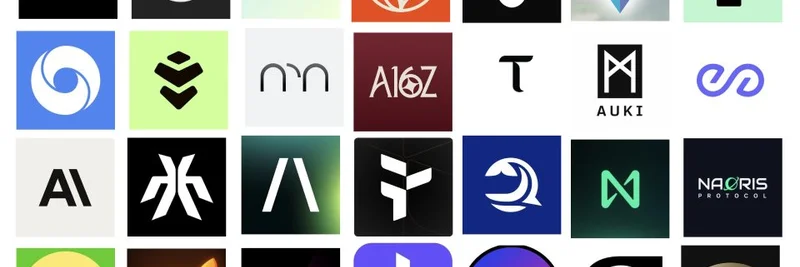Recently, BSCNews dropped a tweet highlighting an in-depth analysis of VeChain's Renaissance Roadmap. If you're keeping tabs on blockchain developments, this is worth a peek. The tweet links to a detailed breakdown on BSC News, and we've got the scoop right here, tailored for those of us in the meme token and crypto space who appreciate how foundational tech like VeChain can influence the broader ecosystem.
VeChain, launched back in 2015, is all about real-world applications like supply chain management and sustainability tracking. Their Renaissance Roadmap, unveiled in January 2025, is a cosmic-themed plan to upgrade the VeChainThor protocol. It's split into three phases: Galactica for technical tweaks, Hayabusa for economic boosts, and Intergalactic for cross-chain connections. Think of it as VeChain leveling up to make the network more efficient, rewarding, and interconnected.
Let's break it down phase by phase, keeping things straightforward—no need for a PhD in crypto to follow along.
Galactica Phase: The Technical Foundation
This initial stage focused on behind-the-scenes improvements to make the network run smoother. Key updates included a dynamic gas fee system that adjusts based on network traffic, full burning of base fees to control token supply, and upgrades aligning with Ethereum's Shanghai hard fork for better smart contract performance.
Work kicked off with proposal submissions in Q1 2025, followed by a testnet launch in late March. After a clean audit in May and a community vote via VeVote, the mainnet went live on July 1. A big highlight? The introduction of StarGate, a new staking platform with a hefty 5.3 billion VTHO reward pool. VTHO is VeChain's gas token, while VET is the main value holder—think of VET as the asset and VTHO as the fuel.
New node tiers make staking more accessible: Dawn starts at just 10,000 VET, Lightning at 50,000 with a 1.15x reward multiplier, and Flash at 200,000 with 1.3x. You can even mix and match for flexibility. This phase essentially brought VeChain up to speed with Ethereum tools, making it easier for devs to build and port apps.
Hayabusa Phase: Boosting the Economy
Now we're in Hayabusa territory, which is all about tokenomics and incentives. The goal here is to reward active participants, like node operators and dApp creators, while shifting to a Delegated Proof-of-Stake (DPoS) model from the old Proof-of-Authority. DPoS lets more people validate transactions, decentralizing the network further.
Proposals were refined over the summer, ditching KYC for delegators to lower barriers. VTHO rewards will favor contributors, with burns adding scarcity. A community vote started on August 18, 2025, and if it passes, expect a testnet in September and mainnet by December. This could mean more stable token values and less inflation, which is music to any crypto holder's ears.
Looking Ahead: Intergalactic and Beyond
Peering into 2026, the Intergalactic phase will amp up interoperability with JSON RPC integrations and full EVM compatibility. This means easier links to other blockchains, perfect for cross-chain apps and tokenized assets. While details are still forming, it's set to make VeChain a go-to for enterprise-level stuff.
VeChain's partnerships add extra flavor—think Boston Consulting Group for sustainability via VeBetter, or Franklin Templeton for tokenized funds. These ties could supercharge adoption, especially in green tech and supply chains.
For us in the meme token world, VeChain's upgrades highlight how robust blockchains can support fun, community-driven projects. Lower staking thresholds and better dev tools might inspire meme devs to experiment on VeChainThor, blending enterprise stability with viral creativity. If you're staking VET or eyeing VTHO, now's a good time to check VeChain's official site or VeVote for the latest.
Stay tuned as VeChain pushes boundaries—could this roadmap spark the next wave of blockchain memes? Only time will tell.


